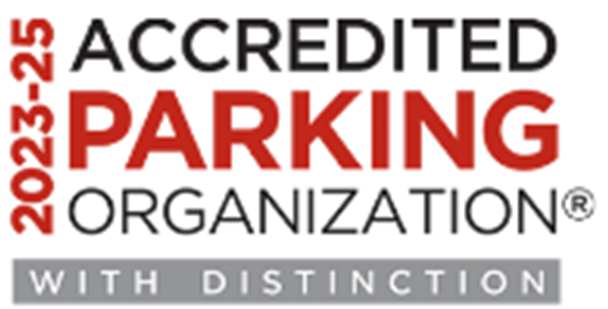Yesterday, I had the pleasure of speaking at the Building Lasting Change 2018 conference in Toronto, hosted by the Canada Green Building Council (CaGBC).
Together with Paul Wessel of the U.S. Green Building Council (USGBC) and Maryluz Velasco of CaGBC, I paneled High-Performance, Sustainable Parking Comes of Age: Parksmart Certification Across the Globe.
Key Takeaways
The talk spurred a lively debate that ultimately highlighted a number of important considerations with respect to the development of sustainable parking.
Parking Facilities Are Becoming Service Stations
Property managers are increasingly reaching out to Impark and other parking management companies in a bid to offer a suite of parking facility amenities. These amenities used to be limited to simple, low-cost conveniences, like windshield squeegees. Now, we’re seeing greater demand for mobile car maintenance stations that offer oil changes, battery boosts, and other routine upkeep. Online shopping drop-off stations are also growing in popularity, particularly in Class A commercial properties.
The interesting thing here is the property manager’s quest to offer their tenants convenience is in itself a green initiative. Providing these traditionally remote services on-site reduces the need to clock additional miles, in turn reducing single-occupancy vehicle usage and harmful emissions.
Parking Operators Have a Responsibility to Be Greener
Our understanding of sustainable property development and operations has increased rapidly over the last few years, so now parking projects can be much greener from the get-go. Parksmart raises that bar even higher by taking into consideration how materials are transported to and from parking construction sites — something that wasn’t top of mind (or in mind at all) some 20 years ago.
But cities are a patchwork of parking facilities built at various times using different materials that are usually much more gray than green. Nonetheless, we can still make good, green decisions about how that asset is used by adopting Parksmart’s Pioneer property criteria as a guide. And, I’d argue, we have a responsibility to do just that.
There Isn’t a One-Size-Fits-All Solution to Green Parking
Every market is different. A densely populated city like Toronto has, out of necessity, developed a large transportation network, which has impacted vehicle buying trends. A city like Houston, on the other hand, has a large population spread over a large area, pushing (or at least gently encouraging) people to drive.
The green initiatives that can be successfully implemented in parking facilities thus depend on a town/city’s public transit, climate, and appetite for bike networks and walking paths. It’s up to parking management companies to keep abreast of such variables and decide what is and isn’t a worthwhile green endeavor in their market.
Conclusion
Cars are still an important part of the fabric of North American society — even with the rise of autonomous and electric vehicles, it’s unlikely that will change in the near future. Thus, parking will remain a necessary part of the transportation infrastructure in most, if not all, markets. Parksmart is intended to help navigate that reality in the most responsible and sustainable manner we can. In short, it’s a gateway to more sustainable forms of mobility. And that, in my book, is something to be celebrated.
Mike Giles is a director of account management and Parksmart advisor at Impark. Email him at mgiles@impark.com.


